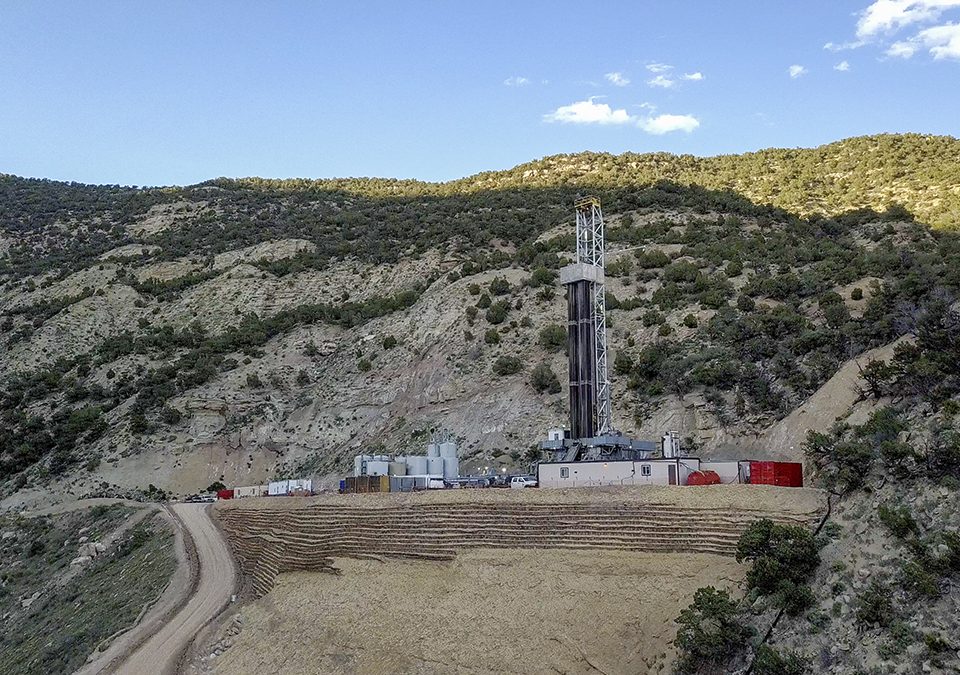Driving to the Future in Electric Vehicles
State Regulators Advance Critical Energy Conversations
November 14, 2017This Thanksgiving, Resilience & Reliability Still Matter
November 21, 2017The NARUC community has come to count on the Edison Foundation’s Institute for Electric Innovation (IEI) for creative and informative events alongside the official meetings. A breakfast panel on Tuesday brought together large utilities (Southern Company, BGE), environmentalists (the Energy Foundation) and EV consumer advocates (Plug in America).
Led by Phil Jones, a revered former PUC Commissioner from Washington state, now Executive Director of the new Alliance for Transportation Electrification, the panel united around strong support for electric vehicles and utilities’ central role in bringing the necessary charging infrastructure online. Regulators are just beginning to grapple with what a senior spokesman from BGE aptly called the “chicken and egg” problems. If utilities lean in and build the chargers, will carmakers and customers build and buy the vehicles? If we collectively invest in today’s fast chargers, will technological changes make those obsolete while the payments are still due?
Electric vehicles are still less than one percent of U.S. vehicles sales; however, IEI projects the number of EVs on the road will reach 7 million by 2025, or about three percent of passenger vehicles. Anywhere from 3 to 5.5 million charging stations will be needed. Right now, the U.S. has well under one million. The panel agreed that electric utilities are closest to the customer and therefore best suited to lead the charging initiative, even if utilities do not ultimately own all the facilities. They also agreed on the environmental benefits of reducing gasoline-based emissions.
Consumers are comforted by EVs’ TCO (total cost of ownership) which comes in lower than conventional vehicles because of the absence of fuel purchases and routine maintenance. But consumers still have questions about time to charge, battery life and traveling range. A roster of available EVs shows many appealing options, but only Tesla yet offers range over 200 miles; the lowest stated MSRP is $28,995 for a small car with 125-mile range.
Yet, because of the great possibilities EVs bring in environmental benefits and energy storage, BGE and Southern Company both exhorted the audience to dream big and get excited. Southern also asked everyone to focus on making sure that EVs are seen as being available to everyone, not just upper income levels.
I got enthused enough by the presentation to take advantage of Plug in America’s on-site test-drive offer. I drove my cousin’s Tesla S a few years ago, and while I’m not given to hyperbole, acceleration and the total driving experience made me feel as though I was visiting the future. This time I took out the EV BMW i3 (MSRP starting at $42,400) and PHEV BMW X5 x Drive40e (MSRP starting at $65,645). Both felt like regular cars, maneuvered well in city traffic and had every comfort including awesome sound systems.
Now, I was told I was the only test-driver to ask if the cars had a tow package. But that hearkens back to Southern Company’s comment about getting every demographic excited - we need to see charging stations at the ag co-op, the first EV pickup truck, and a robust used EV market.
PACE will continue to engage in the EV conversation and look forward to talking with partners all over the country about the exciting days ahead.

